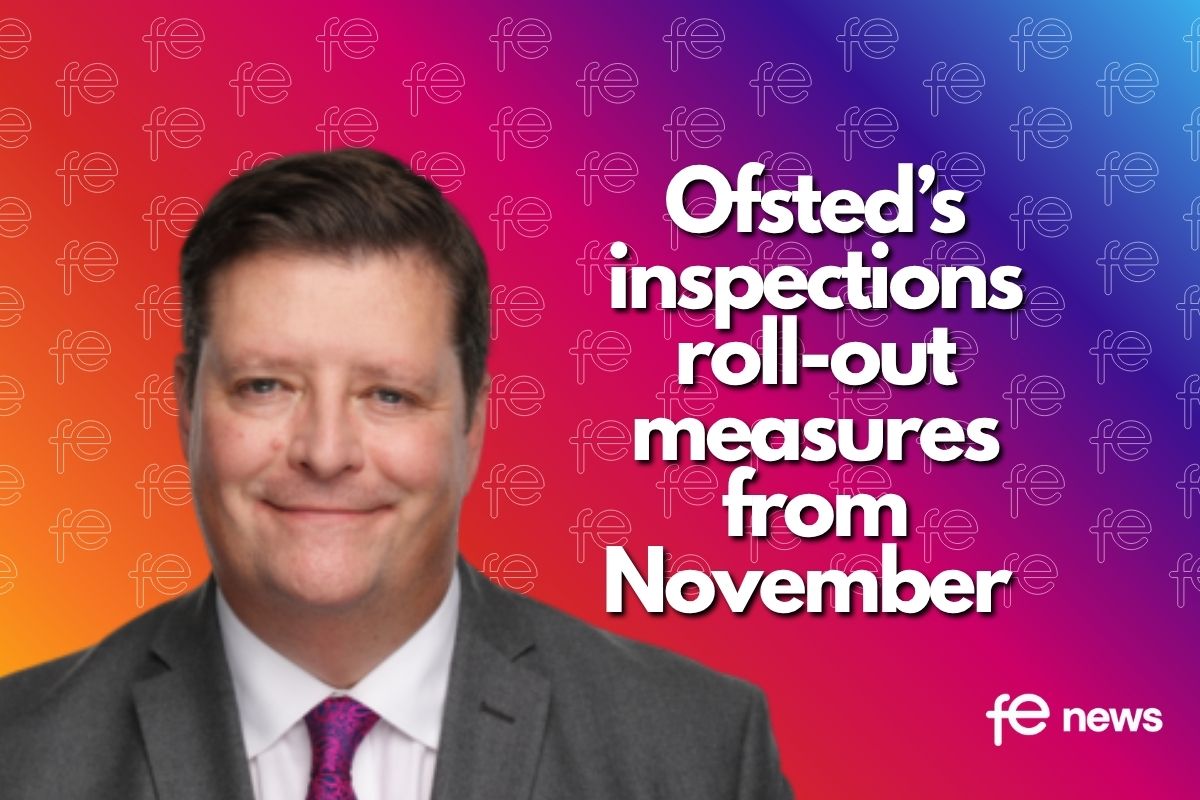Apprenticeship funding: how it will work

Updated 23 January 2017
In spring 2017 the way the government funds apprenticeships in England is changing. Some employers will be required to contribute to a new apprenticeship levy, and there will be changes to the funding for apprenticeship training for all employers.
We are introducing the apprenticeship levy on 6 April 2017. The levy requires all employers operating in the UK, with a pay bill over £3 million each year, to invest in apprenticeships.
This guidance provides information on how the apprenticeship levy will work. It also explains the principles that apprenticeship funding will operate on from 1 May 2017, whether you pay the levy or not.
You can find out more about the benefits apprenticeships can bring to your organisation and about the ways apprenticeships are being reformed, in our vision for apprenticeships. The reforms include giving employers the opportunity to add to the new apprenticeship standards already available by developing standards that meet their precise needs.
Who this guidance applies to
This guidance is for all employers operating in the UK, whether you pay the apprenticeship levy or not.
If you’re an employer with operations in Scotland, Wales or Northern Ireland, you may also want to contact your apprenticeship authority:
The levy will not affect the way you fund training for apprentices who started an apprenticeship programme before 1 May 2017. You’ll need to carry on funding training for these apprentices under the terms and conditions that were in place at the time the apprenticeship started.
For more details, see our policy paper on apprenticeship funding in England from May 2017.
Paying the apprenticeship levy
Read guidance from HMRC on how to pay the apprenticeship levy.
You will report and pay your levy to HMRC through the PAYE process.
Once you have declared the levy to HMRC, you will be able to access funding for apprenticeships through a new apprenticeship service account.
Accessing your levy money using the apprenticeship service
We’re working with some employers to test and improve the service before inviting all levy-paying employers to register for the service in February 2017.
There are a few things you can do to prepare. When you register you will need:
- the Government Gateway login details for any PAYE schemes you want to include in your account – your payroll or finance team will have access to these
- your Companies House number or charity number (if your organisation has one)
If your organisation is part of a group of connected companies or charities, you will also need to think about how you want to structure your account to manage your apprenticeships.
See guidance on paying the levy for more information.
Through the online apprenticeship service all employers will be able to:
- select an apprenticeship framework or standard
- choose the training provider or providers you want to deliver the training
- choose the organisation that will assess your apprentices
- post apprenticeship vacancies
If you are an employer who pays the levy, you can also use the apprenticeship service to:
- set the price you’ve agreed with your training provider
- pay for apprenticeship training and assessment
- tell us to stop or pause payments (for example, if your apprentice stops their training, your apprentice takes a break from training or you haven’t received the service you agreed with the provider)
By 2020, all employers will be able to use the apprenticeship service to pay for training and assessment for apprenticeships.
Separate arrangements will be in place in Scotland, Wales and Northern Ireland.
Employers who operate in England and other parts of the UK
The levy will apply to employers across the UK.
The amount entering your apprenticeship service account will be how much you have available to spend on apprenticeship training in England.
Apprenticeships are a devolved policy, which means that authorities in each of the UK nations manage their own apprenticeship programmes, including how funding is spent on apprenticeship training.
The apprenticeship service will support the English apprenticeship system. Scotland, Wales and Northern Ireland have their own arrangements for supporting employers to access apprenticeships.
To calculate how much you will have to spend through the English system, we plan to use data that we already hold about the home address of your employees. We’ll use this data to work out what proportion of your pay bill is paid to employees living in England. We’ll make this assessment in early 2017 and will announce the exact date in advance.
Employers can update their employees’ address as part of their Real Time Information returns.
You can find more details in our policy paper on apprenticeship funding in England from May 2017.
Top-ups to the funds in your apprenticeship service account
We will apply a 10% top-up to the funds you have for spending on apprenticeship training in England. We will apply the top-up monthly at the same time the funds enter your apprenticeship service account.
That means for every £1 that enters your account to spend in England on apprenticeship training, you get £1.10.
Expiry of funds in your apprenticeship service account
Funds will expire 24 months after they enter your apprenticeship service account unless you spend them on apprenticeship training with a training provider. Whenever a payment is taken from your account, the service automatically uses the funds that entered your account first.
This will minimise the amount of expired funds. This will happen automatically. Your apprenticeship service account will let you know in good time when any funds are due to expire so that you can arrange to spend them if you wish.
Directing funds in an apprenticeship service account to another employer
In the first year of the levy, you will be able to use the funds in your apprenticeship service account to pay for apprenticeship training and assessment for your own employees. The main aim of the apprenticeship levy is to support employers in growing the number and quality of apprenticeships in their own workforce.
We know that some employers will want to use funds in their account to pay for apprenticeship training of other employer’s apprentices, for example, someone in their supply chain. We are committed to allow levy-paying employers to transfer up to 10% of the annual value of funds entering their accounts to other employers or apprenticeship training agencies.
Pooling funds in an apprenticeship service account with other employers in a group structure
If you are in a group of companies connected for the purposes of paying the levy, your group will be able to collect their funds together into one account. Your group will do this by registering to have PAYE schemes attached to a single account. Since you can only use funds in your account to pay for apprenticeship training for your own employees, employers that are not connected will not be able to pool funds in an account.
Buying apprenticeship training
Once you decide to buy apprenticeship training through the apprenticeship service, the funds will be taken from your account each month to pay the training provider.
Choosing apprenticeship training
You can only spend funds in your apprenticeship service account on training from a government-approved training provider – see the register of apprenticeship training organisations.
There are 2 different types of apprenticeship training you can choose from:
- apprenticeship standards – each standard covers a specific job role and sets out the core skills, knowledge and behaviours an apprentice will need to be fully competent in their job role and meet the needs of employers, standards are developed by employer groups known as ‘trailblazers’
- apprenticeship frameworks – a series of work-related vocational and professional qualifications, with workplace and classroom based training
We will phase out frameworks between now and 2020, as we move over to the employer-led apprenticeship standards.
Public sector employers choosing a training provider and an assessment organisation
Public sector bodies will need to comply with Public Contracts Regulation 2015 when selecting a provider and an assessment organisation from the approved registers.
Using funds in your apprenticeship service account to buy training
Once the apprenticeship training you’ve bought has started, monthly payments will be automatically taken from your account and sent to the provider.
You just need to have enough funds in your account to cover the monthly cost of each apprenticeship you have chosen. You will see funds entering your account each month as you pay the levy, and funds leaving the account each month as you pay for training.
Employers that don’t pay the levy
If you do not pay the levy, you won’t need to use the apprenticeship service to pay for apprenticeship training and assessment until at least 2018. When we ask you to start using the apprenticeship service to pay for apprenticeship training, we will help you to prepare.
When the new funding system begins in May 2017, you can choose the training you’d like your apprentices to receive, an approved training provider and an assessment organisation using the registers available on the apprenticeship service. Help with this is available from the National Apprenticeship Service.
We will ask you to make a 10% contribution to the cost of this training and government will pay the rest (90%), up to the maximum amount of government funding available for that apprenticeship. We will ask you to pay this directly to the provider and you will be able to spread it over the life time of the apprenticeship. As both you and the government make a payment, we call this ‘co-investment’.
Every individual apprenticeship framework and standard will be allocated to a funding band. The upper limit of the funding band will cap the maximum price that government will ‘co-invest’ towards. We will ask you to pay your contribution directly to the provider and you will be able to spread it over the lifetime of the apprenticeship and agree a payment schedule with the provider.
Buying training if you don’t have enough in your apprenticeship service account – levy-paying employers
If you pay the levy, you may find that over the course of an apprenticeship the funds in your account aren’t enough to cover the full cost of the apprenticeship training and assessment you’d like to buy. This may be the case for employers who only pay a small amount of levy or have a variable pay bill and pay the levy in some months but not others.
If you don’t have enough in your account in a particular month, you will be asked to make a contribution to the extra cost of training and to pay this directly to the provider, rather than through your account. You will be able to spread this contribution over the lifetime of the apprenticeship and agree a payment schedule with your provider. We will provide some government support to help you meet these additional costs, up to the maximum amount of funding available for that apprenticeship. As both you and government make a payment, we call this ‘co-investment’. This will be set at the same co-investment rate as for employers who do not pay the levy, with government paying 90% towards the extra cost of training and assessment and employers paying the remaining 10%
What you can spend apprenticeship funding on – all employers
Funds in your apprenticeship service account, and funding provided by the government through co-investment, can only be used towards the costs of apprenticeship training and end point assessment. This must be with an approved training provider and assessment organisation.
It can’t be used on other costs associated with your apprentices or wider training effort. For example wages, statutory licences to practise, travel and subsidiary costs, managerial costs, traineeships, work placement programmes or the costs of setting up an apprenticeship programme.
What is an apprenticeship?
There are rules governing what an apprenticeship is. The main ones are:
- the apprentice must be employed in a real job; they may be an existing employee or a new hire
- the apprentice must work towards achieving an approved apprenticeship standard or apprenticeship framework
- the apprenticeship training must last at least 12 months
- the apprentice must spend at least 20% of their time on off-the-job training
Employing an apprentice is very simple. The National Apprenticeship Service can provide all the information you need to know in order to employ an apprentice.
You can also read more about how to set up your organisation to deliver apprenticeship training for your own employees.
Eligibility for training
Who provides the training – all employers
You can only spend the funds in your apprenticeship service account or access government support for apprenticeship training delivered by an approved training provider.
The Skills Funding Agency is working with employers and providers to identify what precise standards and measures are important to them in selecting an apprenticeship training provider. All training providers will need to show that they meet or exceed these criteria to join the register of approved training providers and receive digital payments or government funding to deliver apprenticeship training.
Employers wishing to become training providers
We recognise that employers can be extremely successful training providers and we want to encourage those who want to take this route to deliver high-quality apprenticeships. Read further information for employers who wish to become a provider of apprenticeships training.
Who provides assessment – all employers
You can only spend the funds in your apprenticeship service account or access government support to pay for approved assessment organisations that are listed on the Register of apprenticeship assessment organisations. Organisations who wish to carry out end point assessments will need to show that they meet or exceed certain criteria.
Full eligibility rules
A set of detailed rules exist to define what you can use apprenticeship funding for.











Responses